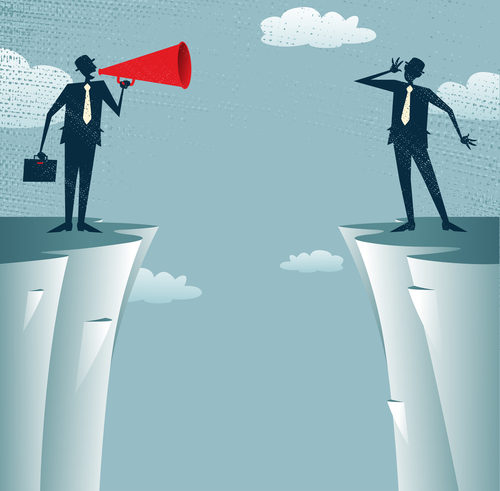People with disabilities come in all ages, and almost all of us encounter some change in physical or mental capacity as we grow old. Yet, as I wrote in an earlier blog, “We act as though old people never become disabled and disabled people never grow old.”
Academics and policymakers approach disability and aging as separate fields, as Ann Leahy observed in a post for the International Network for Critical Gerontology (daunting name, terrific resource). Why? Because people in the aging field are understandably leery of seeming to equate aging and disability, and because, as Leahy notes, disability activists tend to be younger and mainly focused on issues that affect people of working age. And because we’re short-sighted and we’re all prejudiced.
This does none of us any favors, something I want to address in a talk. Here’s the passage-in-progress:
Ageism feeds ableism (prejudice against people with disabilities) and vice versa.
Disability and aging are different. They also overlap in important ways. Both olders and people with disabilities encounter discrimination and prejudice. And both groups face stigma.
Many olders refuse to use wheelchairs or walkers, even when it means never leaving home. My uncle wouldn’t use a white cane even when he grew completely blind, preferring to rely on the kindness of strangers and taxi drivers. As for the ageism stigma, a not-yet-40-year-old friend, who had trouble walking, likewise refused to use a cane, preferring to rely on crutches because they signal “injured,” not “old.” Cognitive impairment is even more stigmatized.
Being older or having a disability doesn’t keep us from being ageist or ableist. Age cooties! Or “Handicapped people make me uncomfortable!” That’s how prejudice works: it frames the other group—what we think of as the other group, that is—as alien and lesser than ourselves. Healthy aging can, and does, involve disability. Ignoring the overlap leaves the stigma unchallenged and rules out collective activism.
We have a lot to learn from the activists who, in the 1970s and ′80s, reframed the way we see disability. They changed it from an individual medical problem into a social problem—bingo!—and then demanded integration, access and equal rights. Olders and people with disabilities share the same goals: a culture that rejects narrow definitions of “productivity” and “attractiveness,” finds meaning within limitations and takes a realistic and inclusive view of what it means to be human.
Let’s join forces.
More about that to come in Part 2.



